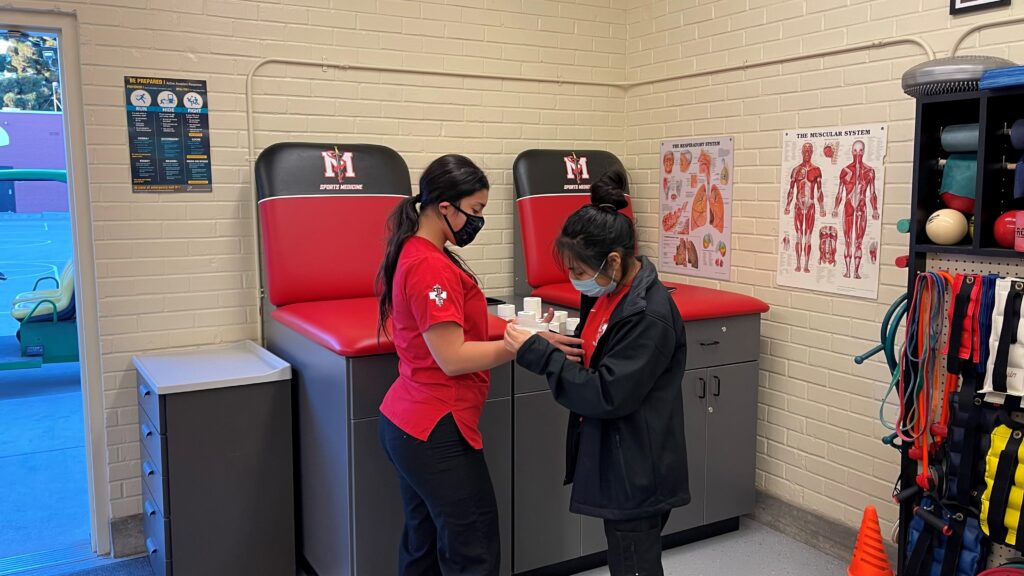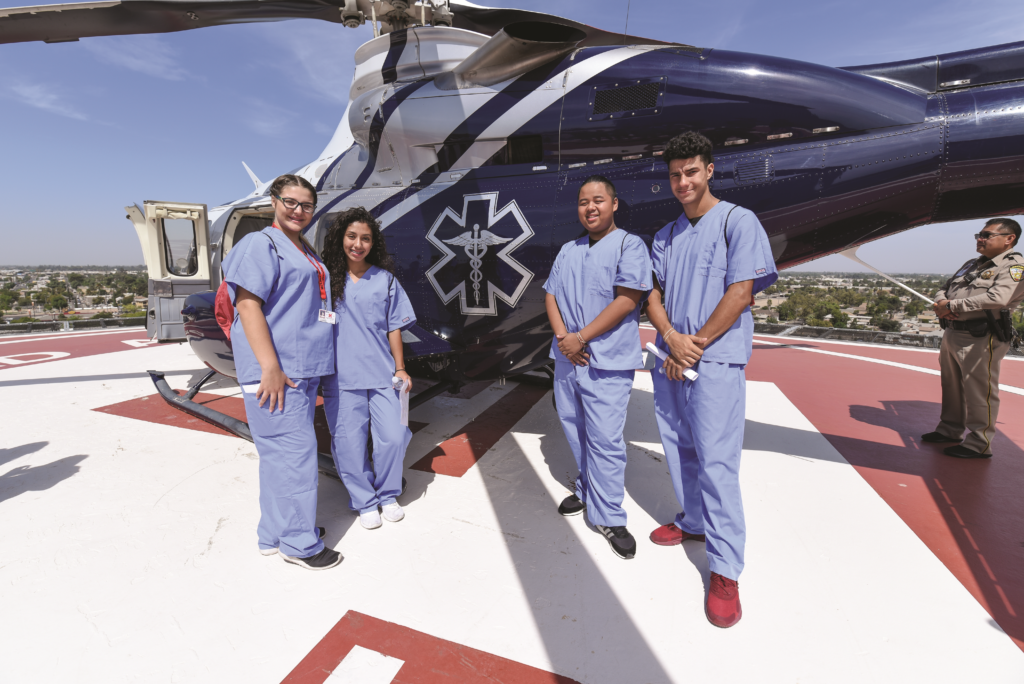Honoring Our EMS Workers and Paving the Path for the Future


President Biden declared May 15-21, 2022 National EMS Week, in honor of our nation’s emergency medical service providers. This year’s theme, Rising to the Challenge, recognizes these frontline workers who bravely treat their fellow citizens in their time of need. No doubt, this challenge has been even greater during the pandemic.
It’s a coincidence that NAF’s recent Benefit theme was in line with EMS Week’s theme, but this is reflective of where we are in this moment and what we are doing to address the needs of society. Prior to the pandemic, projections for industry growth were expected to be greater than average, but filling the jobs was going to be a challenge. Now, we can only imagine that growth and need to be even more significant.
At NAF, we know that there is a substantial need and opportunity for employment in health science-related industries. That’s why, in 2013, we launched the Academy of Health Sciences. Nearly ten years later, we are enrolling approximately 20,000 students in 85 academies across the country today. NAF’s health sciences students are building skills that will empower them in a variety of pathways, as they take courses in anatomy, physiology, biotechnology, and more – combined with practical experiences that expose students to career options in the field. Some have even focused in specifically on the EMS career pathway.
NAF expects continued growth in our Academies of Health Sciences – truly rising to the challenge of filling the talent pipeline with skilled and diverse professionals ready to bravely serve the communities that they represent. However, while NAF can contribute to this important pipeline, more needs to be done to truly recognize the life-saving work of these individuals – testing their limits and requiring them to always be physically and emotionally tough.
While EMS workers are desperately needed, they are lacking the compensation to match their skills and effort. NAF prides itself on supporting local communities and their workforce needs and aims to support students on their path to financial wellness. The current median pay for EMS workers is under $40,000 annually. It is critical to the success of filling this pipeline that communities are fairly compensating their frontline workers, to ensure they can continue to afford to work in these roles and to uplift the students and families in the community. Upward mobility for citizens builds strong local economies.
Additionally, it is essential that these professionals receive the necessary care, training, and resources for their own mental wellness needs in this line of work. It’s no secret that the consequences of burnout can be detrimental, especially over the course of the pandemic, but for these individuals to continue to serve, they need to take their own temperatures first.
As we honor our EMS workers this week, let’s consider ways we can better compensate and preserve the spirits of these heroes for all that they do to care for our communities. Let’s rise to the challenge and create strong career pathways that uplift students, as well as communities.





